FREE Uber Tax Info Pack
FREE 5-Day Email Course to learn the ATO’s Uber tax rules
FREE Uber Expense Spreadsheet so you never miss a deduction
FREE Uber Logbook Spreadsheet to claim your car expenses
FREE ABN & GST Registration (if you need it!)
FREE Uber Tax Info Pack
> FREE 5-Day ‘Uber Tax Essentials’ eCourse
> FREE Uber Bookkeeping Spreadsheet
> FREE Uber Logbook Spreadsheet
> FREE ABN & GST Registration
How To Rent A Car For Uber & Rideshare
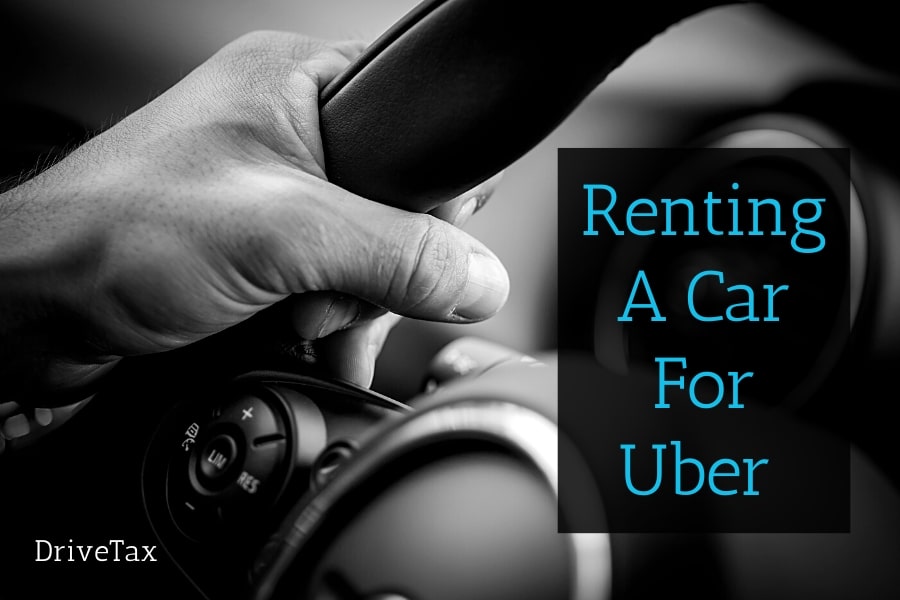
Updated 28th of June 2024
If you’re thinking about becoming an Uber driver, naturally you’re going to need a car.
Renting a car is a popular option for rideshare drivers in Australia who don’t already own an Uber-ready vehicle. Renting a car for Uber is flexible, low-commitment, and especially suitable when you’ll only be driving for a short period of time.
But renting a car for Uber is not like a normal car rental. Traditional short term car hire company such as Hertz, Budget or Europcar aren’t designed for rideshare, and the cost is not optimal when you’re renting for more than a week or two.
Instead, you’ll find much better value in rental companies that specialise in ridesharing and Uber driving. Rideshare rental companies know exactly what features and services you need, their prices are better for long term rental, and their vehicles come pre-approved for Uber so you can start driving right away.
So if you’re thinking about rideshare car rental, I’ll explain the pros and cons of renting a car for Uber, what to look for in a rideshare rental car company, which rental companies to consider, and how to claim your car rental back on tax.
Benefits of Renting a Car for Rideshare
- Try Uber Before You Buy A Car – The average Uber driver only drives for around nine months. So if you’re thinking about buying a new car for Uber, it’s wise to try out ridesharing before you commit to the purchase. Renting a car allows you to find out what it’s like to drive with Uber, get an accurate idea of how much you’ll earn, and to see if you enjoy being an Uber driver before you lock into a big financial decision.
- Get An Uber-Approved Vehicle – If you want to start ridesharing but your own car doesn’t meet the Uber car requirements you can rent an Uber-approved car instead. This is the perfect solution if you own an older car but don’t want to spend all that money on a new car just for Uber’s purposes.
- Drive For The Short Term – Ridesharing is a perfect solution to earn money if you’re between jobs, to cover unexpected expenses that pop up, or as a way to save extra money for something in particular, such as a holiday or Christmas presents for the kids. So if you know you’re only going to be driving for a short time, you can skip all the hassle and expense of getting your own car approved for UberX, and instead just rent a car and hit the road immediately.
- Rent To Buy – If you’re thinking about buying a car on finance for Uber, consider a Rent to Buy arrangement. Rent to Buy is just like paying a car loan, but you have the option to walk away at any time if you no longer want to make the repayments. You’ll have a shorter minimum contract, lower credit check requirements, sometimes even no credit check at all. The weekly rental fee is a little higher than normal rental fees, but in exchange at the end of the rental period you will actually own the car. Only a few companies offer this (I’ll recommend a few later in this post), but it’s something to consider if you see yourself driving for the longer term.
Downsides of Renting a Car for Rideshare
- Fixed Cost – Your car rental fees will be payable no matter how much or how little you drive. So if you think you may only drive a few hours a week, you may not earn enough to make the cost of the vehicle worthwhile. I often see drivers who are losing money by paying rental fees but driving only a few hours a week, they’d actually be better off not driving at all. For people who already own a car they can use for Uber this isn’t a problem. But if you’re renting a vehicle, especially for rideshare driving, you should keep in mind you will need to do a certain number of driving hours every week to cover the cost of your car.
- No Asset Ownership – Uber car rental rates are usually cheaper than loan repayments, but you’re paying that money without eventually owning an asset. If you end up as a long-term rental there’s a chance you’ll end up paying almost as much money as a loan but having no car at the end. So while renting is a great choice for the short term, if you see yourself driving for longer you should investigate either Rent to Buy or purchasing a car with a car loan instead.
- Higher Cost – Alternatively, if you’re looking at a Rent to Buy arrangement, you should compare this option to the cost of getting a car loan. The main benefit of Rent to Buy is that you can change your mind and walk away (subject to any minimum rental periods and notice periods). But the trade-off is that you’ll usually pay a little more than what loan repayments would be if you bought the car yourself. You’ll need to decide if the peace of mind of being able to walk away justifies the extra cost.
Claiming Your Uber Rental Car on Tax
The cost of renting a car for Uber is tax-deductible, and you can also claim back the GST. Here I’ll explain how to claim back the cost of your Uber car rental on your tax.
ABN and GST Registration
Before you start rideshare driving you must get an ABN and be registered for GST.
An Australian Business Number (ABN) is your public business identification number, and it is required for all businesses and self-employed individuals in Australia.
In addition, if you will be doing rideshare driving you must also register for GST from the first dollar you earn. You may hear about the $75,000 threshold for GST registration, but this doesn’t apply because there are specific tax laws for rideshare drivers and taxi drivers.
If you are doing food delivery only you don’t have to register for GST, but if you do rideshare AND food delivery then the rideshare rules apply and you must register for GST right away.
I recommend getting your ABN and registering for GST before you start the car hiring process. That way you can claim back the GST on any startup or joining fees that may be payable. At DriveTax we offer FREE ABN and GST Registration as part of our free Uber Tax Info Pack. We can take care of your ATO registration for you, and you’ll be set to drive within two business days. Visit here to access the free service and get registered now.
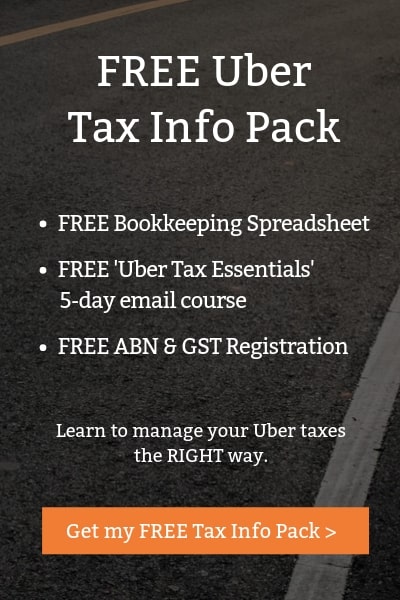
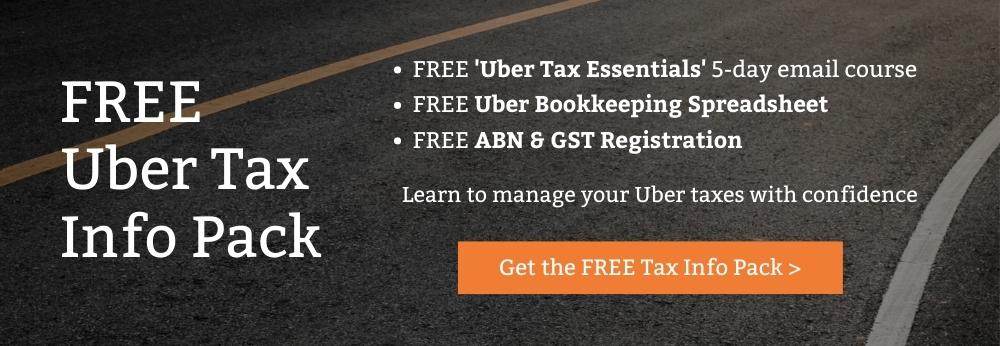
Claiming GST
Once you are registered for GST, any GST that you pay on car rental costs can be claimed back from the ATO on your quarterly Business Activity Statement (BAS). You can also claim GST on other vehicle-related costs such as fuel, cleaning, maintenance and fees, and on general business expenses such as your mobile phone.
Your GST claim for car rental fees and other car costs is subject to your business use percentage. For example, if you use your rental car 90% for rideshare and 10% for personal use, then you can claim 90% of the GST back on the rental feels and on all car-related expenses. You don’t need a logbook to claim GST but you do need one for claiming end of year tax deductions, so I recommend keeping one anyway. More on logbooks in a moment.
You will need to keep records of all expenses that you wish to claim. For expenses above $82.50 you must have a tax invoice, or for expenses under $82.50 any kind of receipt or bank record will do. Electronic invoices and receipts are fine, so if your rental company sends their invoices via email I suggest creating a folder called Tax Receipts on your computer or in your email inbox and file them away, no need to print them.
To learn more about GST, including how GST is calculated on your Uber income and expenses, a full list of all the GST expenses you can claim, and how to lodge a BAS, visit our post on GST for Uber Drivers.
Claiming on Tax
On your end of year tax return you can claim a tax deduction for your car rental and other Uber expenses (excluding the GST you already claimed back on your BAS). The amount you’ll actually get back from these expenses depends on your marginal tax rate.
You must keep receipts or records of all of your expenses. Bank records, digital invoices and copies are all acceptable. For tax purposes your record doesn’t necessarily need to be a tax invoice, but as mentioned before, the tax invoice might still be needed under the GST rules.
For more detail on how income tax applies to your rideshare income and expenses, a complete list of the Uber tax deductions you can claim, and how to lodge your tax return to the ATO, our post on Tax for Uber Drivers explains it all.
Keeping A Logbook
If you want to claim a tax deduction for your rental fees you MUST have a valid 12-week logbook. A logbook is used as evidence to the ATO of your percentage of business use vs personal use for your vehicle. The business use percentage then determines how much of your car expenses you can claim as a tax deduction.
You must keep a logbook even if you will use your car 100% for business use, the logbook is needed to prove that 100% to the ATO. No logbook = no tax deduction!
To learn how to keep a logbook for Uber or ridesharing, visit our post on How To Keep A Logbook For Uber.
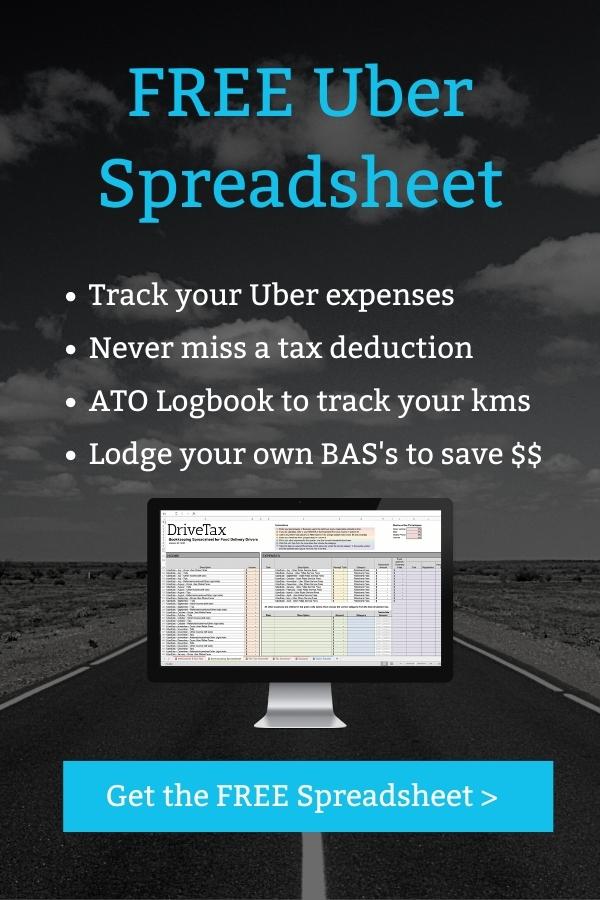
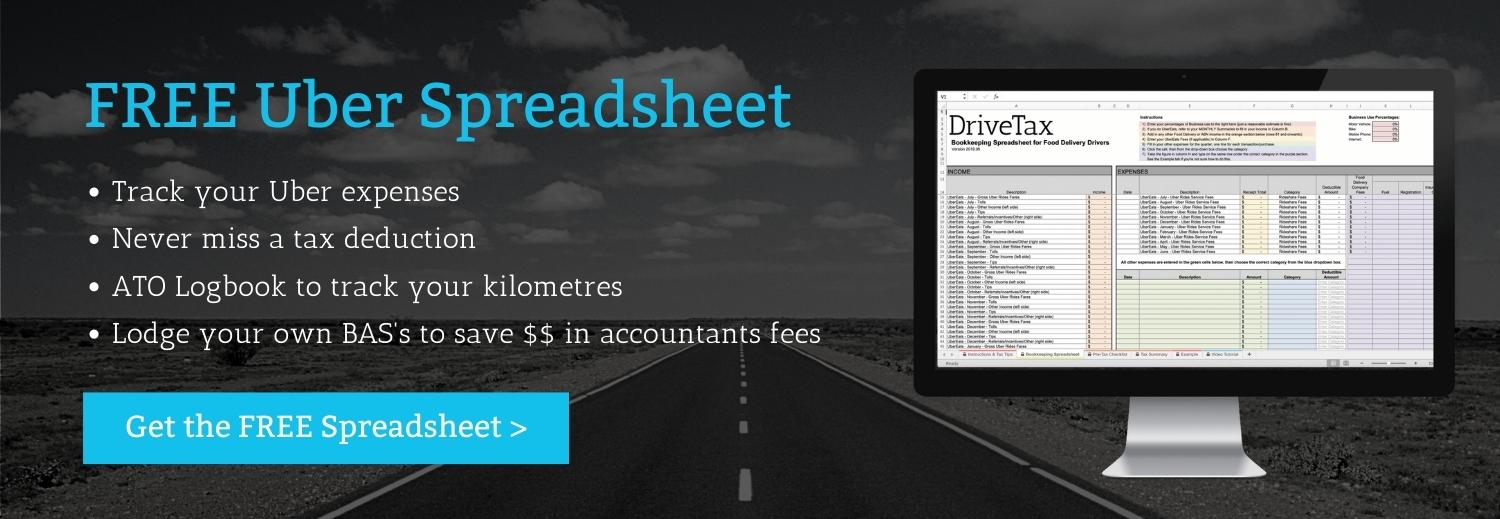
Renting From Someone You Know
A few quick notes about the tax implications of renting a car from an individual person or from someone you know.
- If you wish to claim a tax deduction for the rental payments on your tax return, then they must have an ABN, and they must declare the rental payments as income in their tax return. The ATO requires that there are two sides to the transaction. Alternatively, you may consider it a ‘personal arrangement’ and neither of you declares the payments, that’s okay too.
- If they are not registered for GST, then there will be no GST on the rental payments, which means no GST for you to claim back on your BAS.
- You can claim any expenses you pay out of your own pocket, even if the receipt was in their name instead of yours. You just need to keep evidence or records to show that you made the payment.
- You must still keep a logbook in order to claim tax deductions
What To Look For in a Rideshare Rental Company
It pays to shop around when you’re looking for an Uber car rental company, and check their rental agreements carefully. Here are some points you’ll want to compare.
- Rental Rate – Of course price is your first consideration. However prices will vary depending on the terms of the agreement and on what is included in the rate. So be sure to check all the other factors below as well.
- Minimum Rental Period – Most companies will have a minimum rental period. Four weeks is common, but some do vary. Note however that some require you to give two weeks notice to return the car, so be sure to check how that plays into their minimum period.
- Joining Fee – Some companies charge a joining fee to become a member in addition to the cost of the car. This isn’t necessarily a bad thing, just make sure you’re getting value for money in the extra member services that they offer.
- Range of Vehicles – Check they have vehicles available that you like. Most companies will have the popular rideshare cars, Hyundai, Kia and Toyota, because these cars tend to have the best warranties and lowest maintenance costs. You should be able to choose from a normal sedan/hatch or an SUV. Some companies may also have 7-8 seater vehicles if you want to drive for UberXL.
- Electric Vehicles – Renting an EV for Uber is a popular option, although you’ll need to think carefully about how you’ll charge it at home. Uber EV rentals often cost more, so you’ll need to do some calculations to check that the fuel cost saving is worth the trade-off for you. Here’s our article on how to claim EV deductions for Uber.
- Unlimited Kilometres – if you need to drive maximum hours in order to cover the cost of the car, the last thing you want is a kilometre limit holding you back. Check whether each company offers limited or unlimited kilometres, or if there are any additional fees involved.
- Insurance – one of the most important questions to ask is what insurance is included with your car. Will it cover all of your rideshare driving, and any personal use that you need? And what excess would be payable in the event of an accident?
- 24 Hour Roadside Assistance – Find out what your company offers in case of a breakdown or accident. You’ll be on the road ALOT, so roadside assistance will give you peace of mind that help is on call if anything should happen.
- Replacement Car – If you’re ever off the road, either due to an accident, servicing or maintenance, find out if you’re eligible for a replacement car so that you can still earn money in the meantime.
- Maintenance and Servicing – Make sure you know what expenses are included in your rental costs, for example regular servicing, tyres, and repairs and maintenance. What out-of-pocket costs could you be charged for?
- Driver Support and Community – some companies offer much more than just a car. You may also be able to access training, support and advice about maximising your earnings, as well as a community of other rideshare drivers to chat to.
- Documents Required & Signup Process – this is especially important if you’re in Australia with a visa, or if you are looking for a Rent To Buy option which may require a credit check.
The Best Car Rental Companies for Uber
If you’re looking to rent a car for Uber, your first stop is the Uber Marketplace. This is Uber’s official list of recommended services and providers for their driver-partners. Here you’ll find a list of Uber car rental services in your state. Here are some quick reviews of the main Uber rental car companies in Australia that are worth checking out as part of your comparisons.
Splend
Splend are the market leaders in Uber and Rideshare car rental in Australia. They’re endorsed by Uber, offer both ‘Rent’ and ‘Rent To Own’ options, and they can get you on the road within 24 hours if you’re already approved for Uber. If you’re not already approved they’ll even help with your application. They include comprehensive insurance, roadside assistance, replacement cars and much more.
What sets Splend apart is their exceptional member service. You’ll have your own Member Success Representative available anytime you need help with your car or your Uber driving. You’ll also receive support in running the business side of your Uber driving. This includes advanced coaching and analytics to help you become a more profitable driver and discounts on a range of products and services you’ll need as an Uber driver. Plus they also run regular community events to help connect you with other rideshare drivers in your area. I’ve personally given talks about Uber taxes at a number of Splend Member Centres, and I was very impressed with how much extra support they offer to their drivers, my free tax talks were just one example. So I recommend putting them on your list of companies to compare. (No, I don’t receive any kickbacks from them, I just think they’re a great company!)
Splend operate in Sydney, Melbourne, Brisbane, Gold Coast, Sunshine Coast, Perth, Adelaide, Canberra and Newcastle. You can drop into one of their Member Centres anytime for a chat if you’d like to find out more.
RideLender
RideLender are the only other company listed by Uber besides Splend who offer Rent To Own, and they also offer the standard range of short-term and long-term rental cars for rideshare, including Toyota hybrids and SUVs. They also have a budget option for pre-2017 vehicles. Overall their prices are a little lower than Splend and there is no joining fee but a refundable security bond is payable on the vehicle. The trade-off of their lower prices is that they don’t offer the extra training, support and driver community. But they do offer all the essentials, such as 24-hour roadside assistance, insurance and servicing. RideLender operate in Sydney, Melbourne and Perth.
Keyz
Keyz offer a large range of vehicles, mainly from Hyundai and Kia, and they also have a range of 7-seater vehicles. They can also arrange car finance to purchase a car via chattel mortgage. Insurance, servicing, maintenance and roadside assistance are included, and there is no joining fee, only a security bond. Keyz operate in Melbourne, Sydney, Brisbane and the Gold Coast.
What Next?
Renting a car for Uber is a great choice if you’re only driving for a short time, if your own car doesn’t meet Uber’s requirements, or if you want to try Uber driving first before purchasing a new car. If this is you, I hope this post will help you make the best decision and get you on the road in no time.
If you’d like to learn more about claiming your Uber rental car on tax, DriveTax has plenty of resources to help you maximise your tax deductions. Our FREE Uber Tax Info Pack is essential for every Uber driver, so be sure to download your copy here. It includes:
- Free ABN Application and GST Registration
- Free 5-day email course to teach you about Uber taxes, claiming deductions, logbooks & more
- Free Uber Expense Spreadsheet + Uber Logbook Spreadsheet so you never miss a tax deduction
We also have lots of free tax information on our blog so be sure to check these posts out too:
- How Much Will I ACTUALLY Make from Uber Driving
- Seven Steps To Sorting Your Uber Tax Obligations
- The Ultimate Guide to GST for Uber Drivers
- The Ultimate Guide to Tax for Uber Drivers
- How To Keep A Logbook For Uber
- Buying A Car For Uber
Questions? Thoughts? Pop them in the comments below and I’ll get right back to you!
Safe driving! – Jess

About the Author – Jess Murray CPA – Uber Accountant
Jess Murray is a CPA Accountant and registered tax agent. She’s been working in personal and small business tax for 15 years, and has been specialising in tax for Australian Uber Drivers for the last 7 years as the Director of DriveTax. She also teaches an online course called Understanding Uber Taxes.
Jess is on a mission to make taxes straightforward and manageable for Uber drivers across Australia.
The information in this article is general in nature and does not take into account your personal circumstances. If you’d like to know how this article applies to you, please contact us to arrange a consultation, or talk to your accountant.


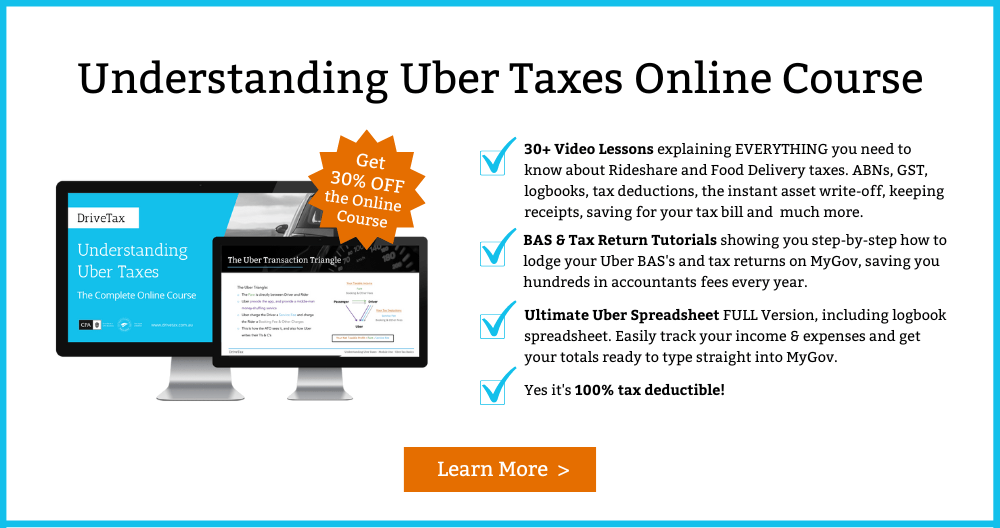
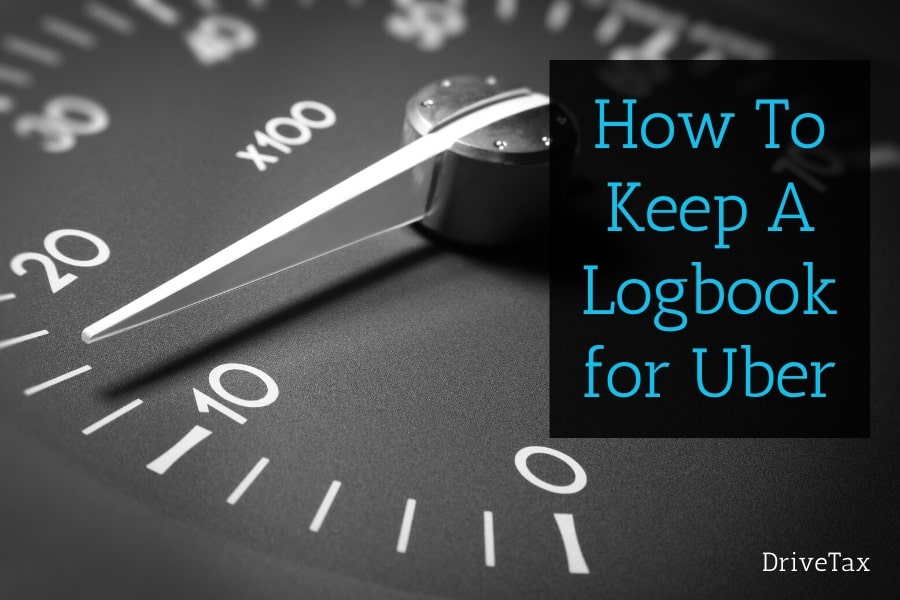
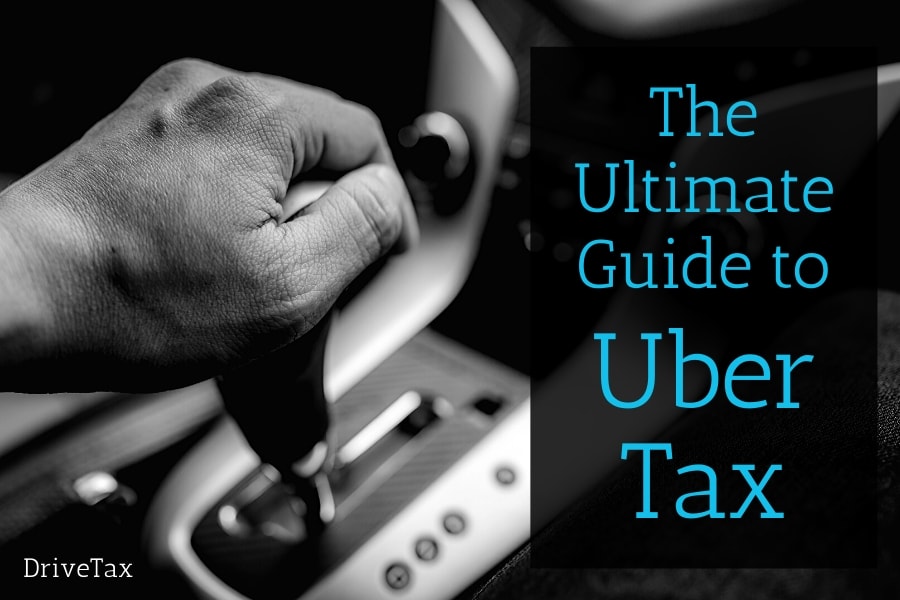
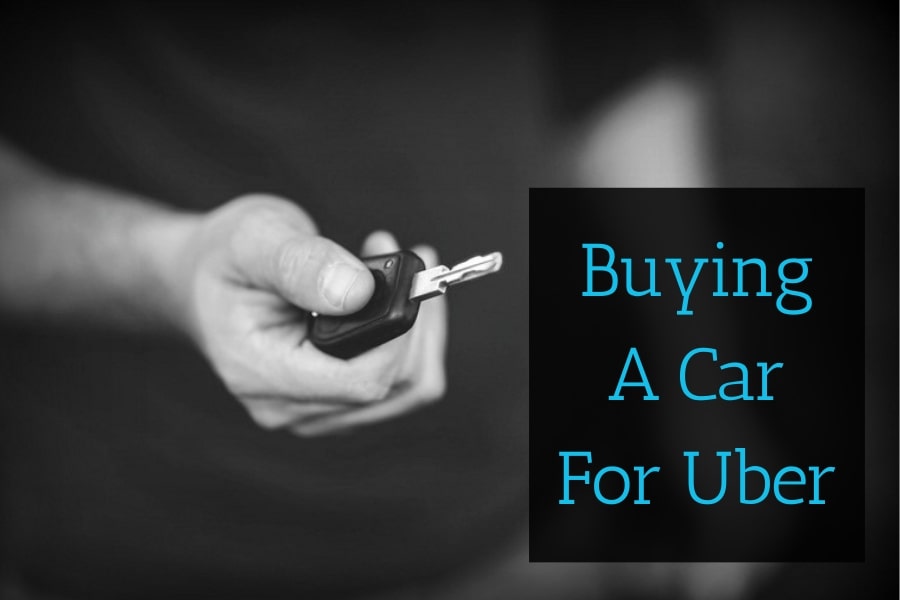
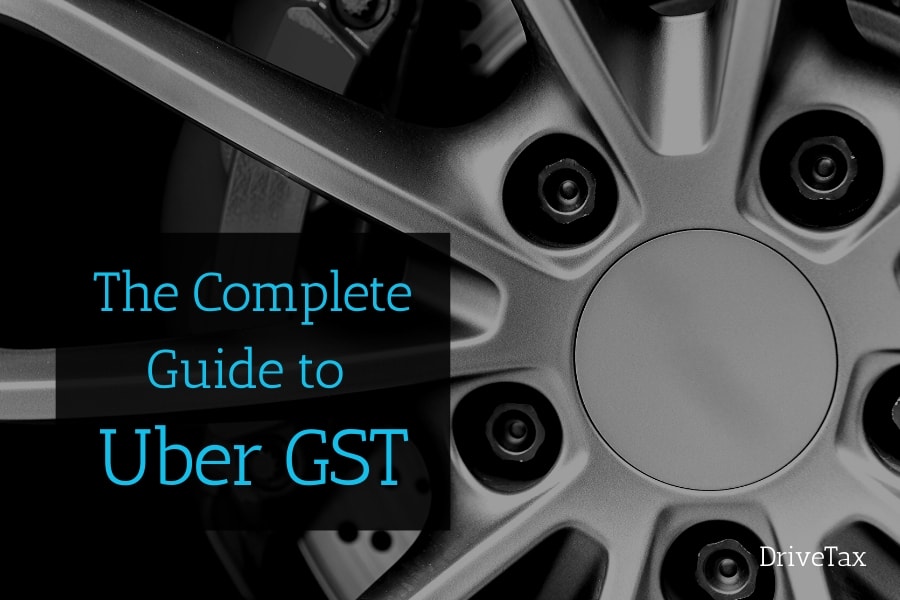
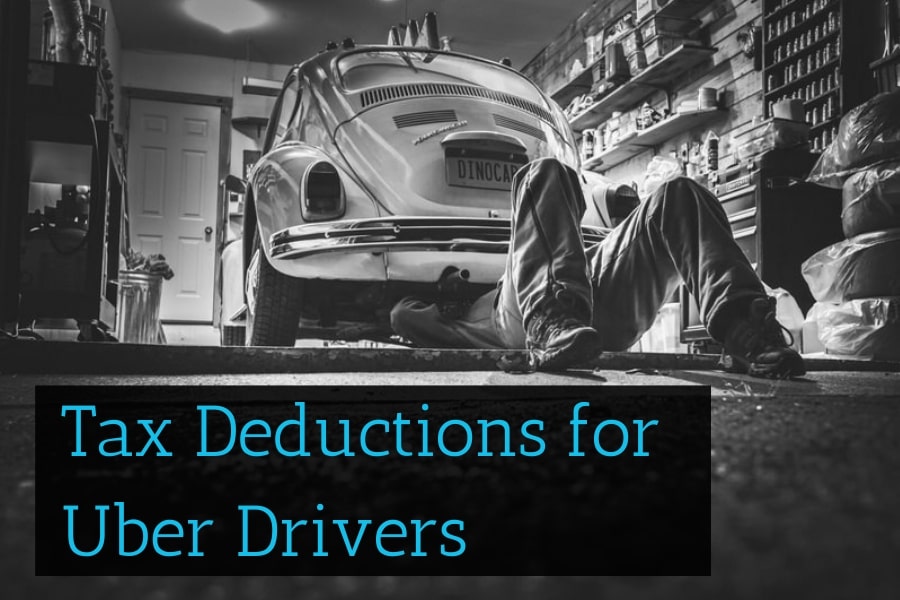
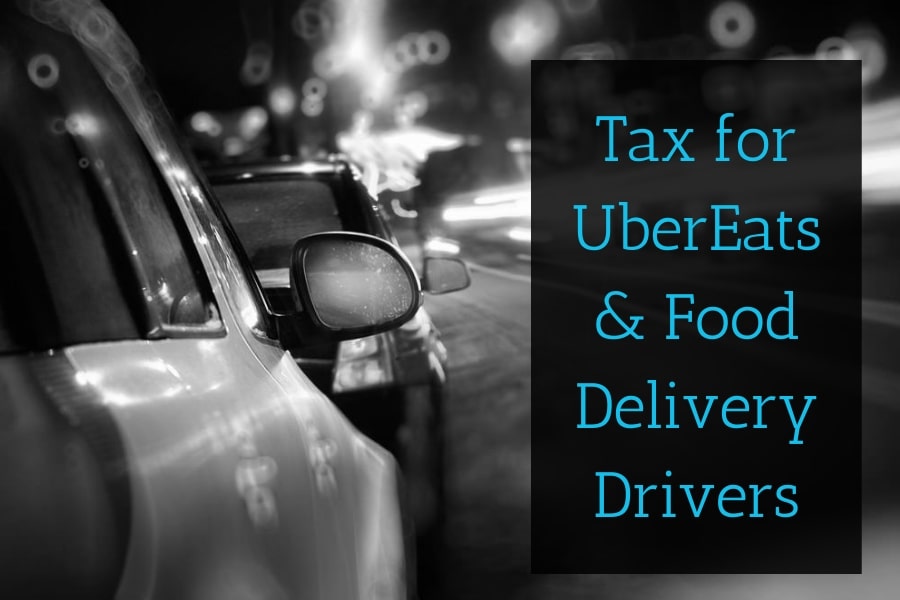
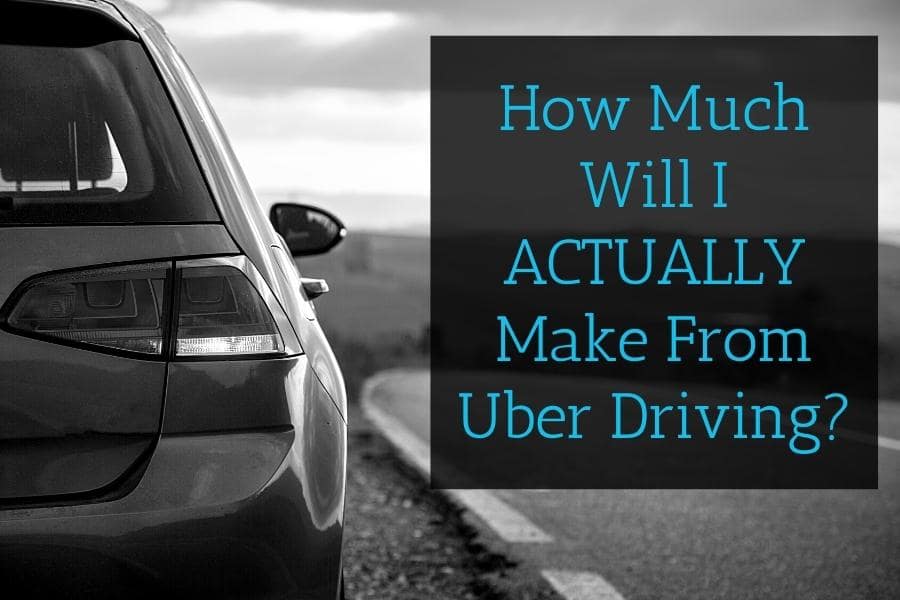
Hi Jess,
I am wondering if flexi rent to own option for rideshare is better or buying a car on loan is?
My understanding is if I go for the rent to own, I can claim entire amount as expense as it will be solely used for Uber and I don’t have to do a down payment.
It also comes with all inclusive, i.e. rego, insurance, service and some part of the maintenance covered under one heading rent.
there is no baloon payment as well at the end of lease term.
Hi Amit, this is a personal question, and not one that I can answer for you. The value of rent-to-own will be different for every person depending on your family’s cashflow position and finances, how much you drive and for how many years you plan to do Uber, the running costs of the particular car, your logbook percentage, and so on. So I’m sorry I can’t give you a response here. But I hope this points you in the right direction. – Jess
Thanks for the reply Jess. Sorry the 40k was a example of earnings not rental fees. So if u did the logbook method do u still get cents back per km or is that only on the cents per km method.
For example if u did 50,000km at 80% buisness do u get cents on the 40,000km or not thru the logbook method.
Thanks 🙂
Hi Craig, the logbook method and cents per km method are completely separate and different. If you use the logbook method you do not calculate kms at all, you claim your actual dollar expenses multiplied by your logbook percentage. The cents per km method is used when you don’t have a logbook, it is a maximum of 5000km x the cents per km rate, and you cannot claim ANY other car expenses. I recommend reading our blog post on Tax Deductions for Uber Drivers for a full explanation. – Jess
Hi Jess.
Loving the content just a quick question with the renting/rent 2 own if that car was used 90% for uber how much roughly do u get back . Is it like this say u earned 40k in the year do u then get 34% back of rental payments??
Thanks 🙂🙂
Hi Craig, to work how much you actually get back in dollar terms you need to multiply the tax deduction by your marginal tax rate. So $40,000 rental fees x 90% logbook = $36,000 x your marginal tax rate (let’s say it’s 21%) = $7,560 tax saving. – Jess